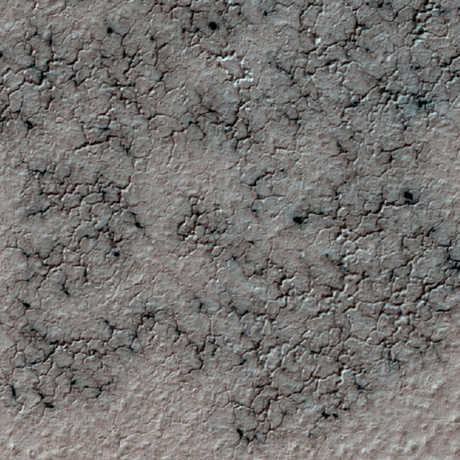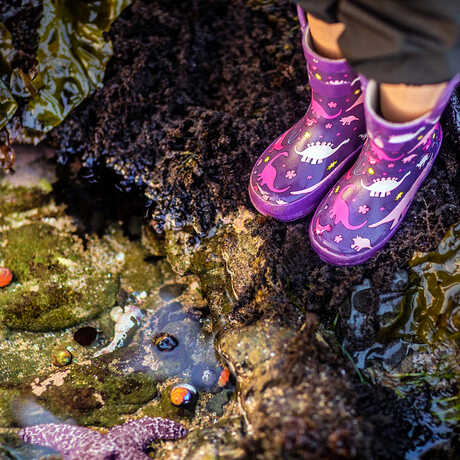Science News
Monday Bites: Sunflowers’ Clock, Bee Sport, and Citizen Science

Sunflowers Move to Their Own Rhythm
Unlike other flowers that may close their petals at night, sunflowers rotate their stems eastward to face the rising sun. During the day the plants continue to follow the sun westward, starting the process all over again when the sun sets. Scientists have observed this process for over 100 years, but now, thanks to researchers from UC Davis and UC Berkeley, we understand the mechanisms behind it.
Manipulating the plants indoors and outdoors, the team discovered that just like animals, sunflowers have an internal clock that regulates a 24-hour cycle of plant hormones, also called a circadian clock. The team says this clock regulates stem growth, so that the eastern side of the stem elongates more than the western side during the day, turning the stem and flower westward to track the transiting sun. The scientists also found that when the plant matures, this movement and growth stops, leaving the flower facing east to gather the heat of the morning Sun and provide a warm platform for pollinating bees. “Bees like warm flowers,” says the study’s senior author Stacey Harmer.
Ventilating Honeybees
The Asian giant honeybee (Apis dorsata) builds its large single-comb nests out in the open, making them potentially vulnerable to extremes of temperature that may threaten their survival. But Austrian scientists have found that these insects are able to keep parts of the comb cool, likely through synchronized movements. Colonies are known to create an insulating “bee curtain” of five to seven layers of bees covering the single central comb. Using an infrared camera and vibrometer in several bee nests in Nepal, the team carefully observed that certain bees in the curtain appeared to act as “fanners” during the hottest part of the day, seemingly aligning their bodies to funnel air towards the cool nest regions. Furthermore, the researchers suggest that the curtain bees move in synchrony to ventilate the nest. Perhaps this will become a future Olympic sport? The study was published last week in PLoS ONE.
Locating and Collecting Creatures
We’re not talking about virtual creatures like those in Pokémon Go, but real plants, insects, animals and more. Grab your phone, head outside and document nature on the app iNaturalist. As NPR described it this weekend, “It’s like a social network for wildlife. When you upload a photo of a moth or bird to the app, it posts your location. Then, both amateur and expert naturalists help identify the species.” Citizen scientists can help discover new species, track changing ranges for existing ones, and have fun, meeting new friends along the way. (We covered an iNat nudibranch discovery earlier this past spring.)
If you’d rather locate animals from the comfort of your own home, head over to Satellites over Seals to track Weddell seals (Leptonychotes weddellii) in Antarctica. This project displays high-resolution satellite images where citizen scientists can help count these important species in remote locations in the Ross Sea. The harsh weather and large habitat area make it difficult for scientists to do the work on-site and crowdsourcing allows the researchers to efficiently and effectively comb through large amounts of data using the public’s help. “By surveying the sea ice habitat frequented by the seals, the public will not only assist in the pursuit of science, but will help us better protect and conserve the most pristine piece of ocean on the planet—the Ross Sea,” says lead researcher Michelle LaRue. Head on over and get counting!
Image: Chris Nicolini/UC Davis


